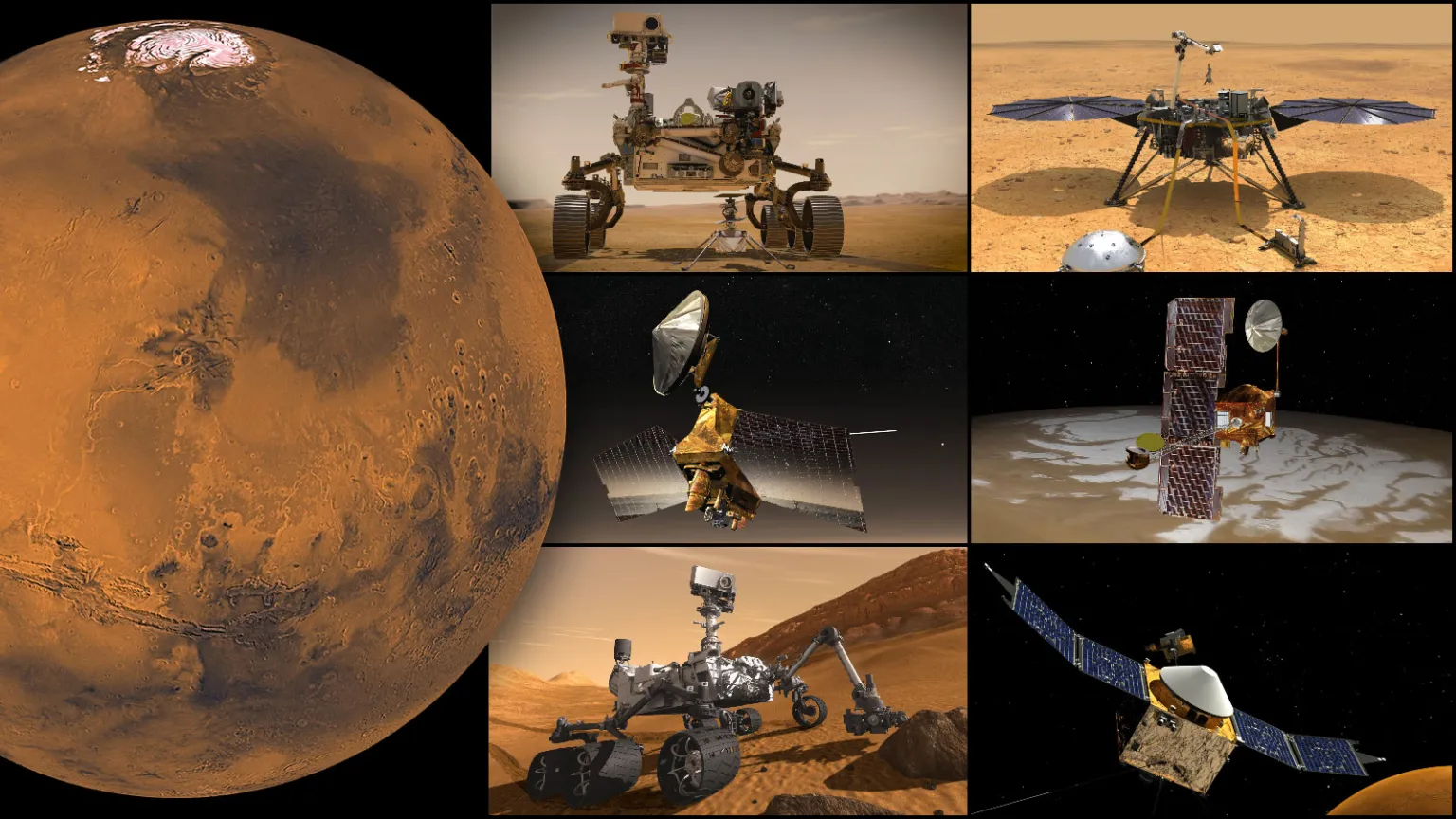NASA’s Perseverance rover, which has been exploring the surface of Mars since February 2021, has released a stunning new set of images showcasing the Red Planet in extraordinary detail.
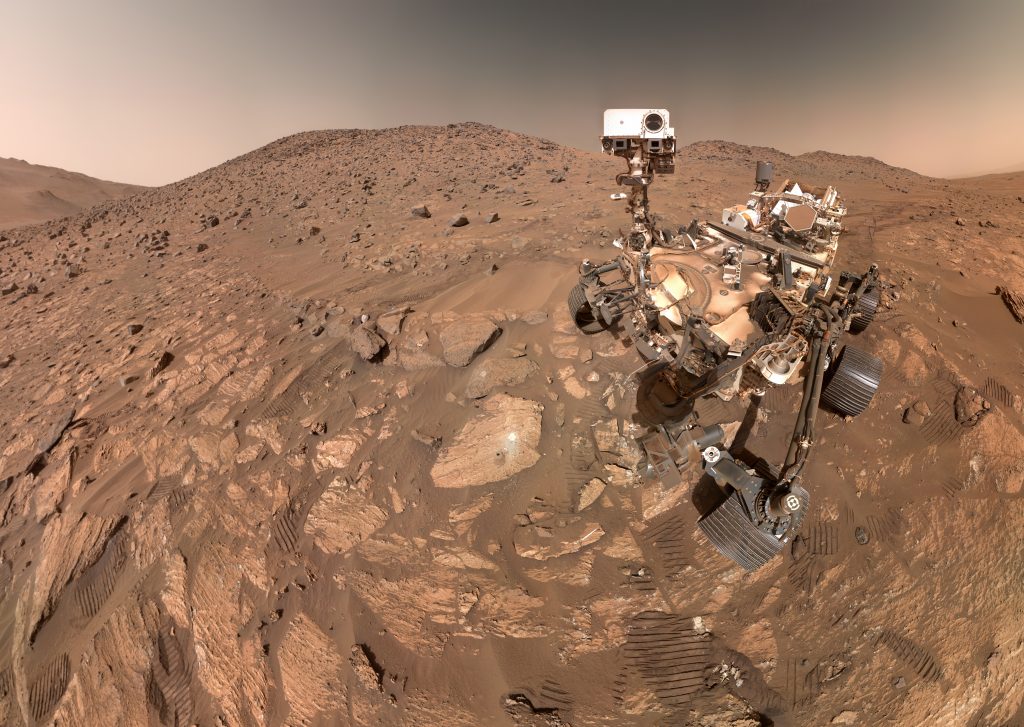
On July 23, 2024—1,218 Martian days, or sols, into its mission—the rover captured a breathtaking selfie featuring the arrowhead-shaped rock nicknamed “Cheyava Falls.” This rock formation, located at the northern edge of Neretva Vallis, may hold clues as to whether microscopic life once existed on Mars.
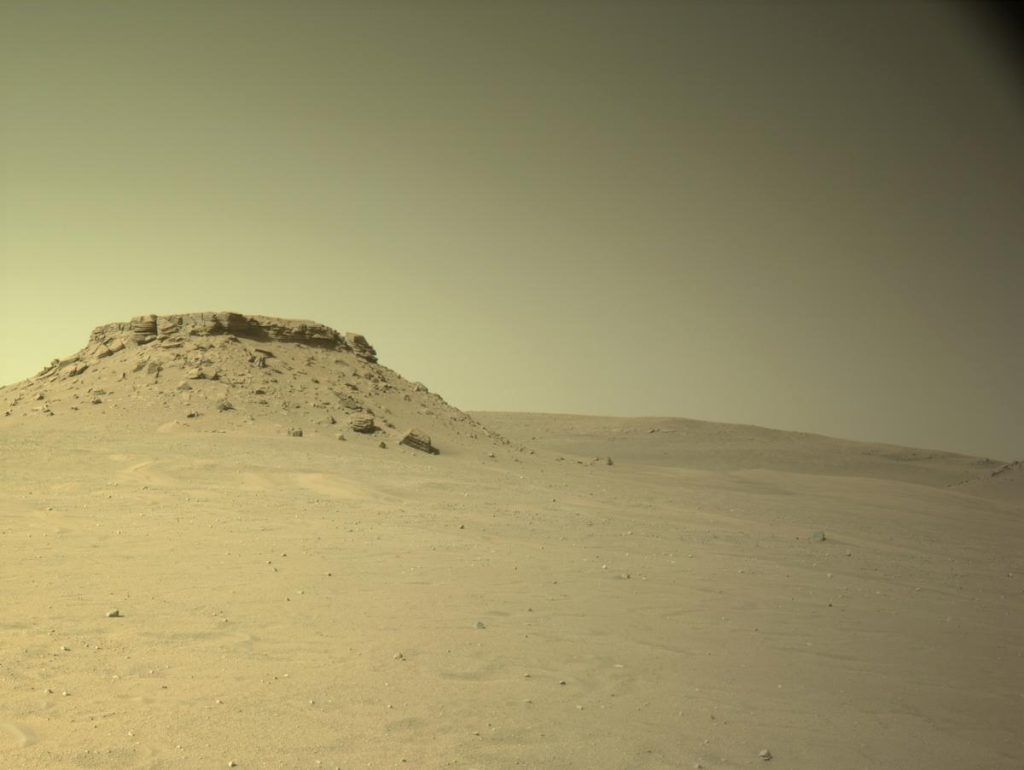
The image, composed of 62 individual photos taken by Perseverance’s WATSON camera (Wide Angle Topographic Sensor for Operations and eNgineering), shows the rover standing beside Cheyava Falls, a rock measuring 3.2 feet by 2 feet (1 meter by 0.6 meters) and named after a waterfall in the Grand Canyon.
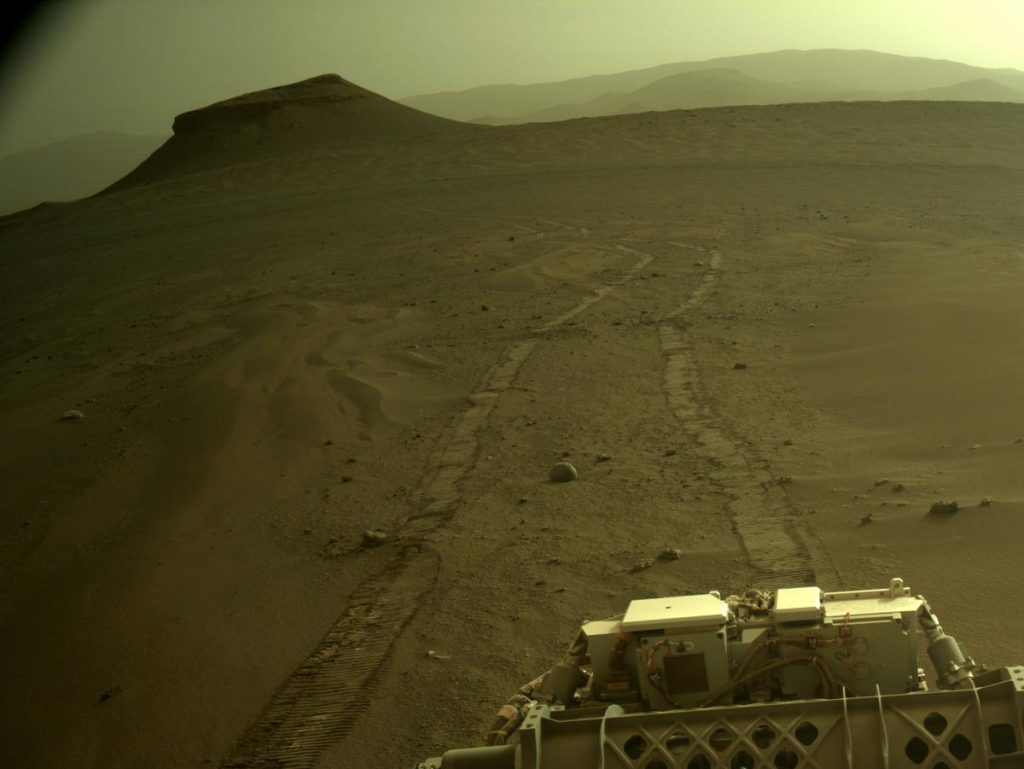
Scientists are particularly interested in this site because of a small dark hole where Perseverance drilled a core sample. This sample, now stored in the rover’s belly, is one of many that NASA plans to retrieve in a future mission and bring back to Earth for detailed study.
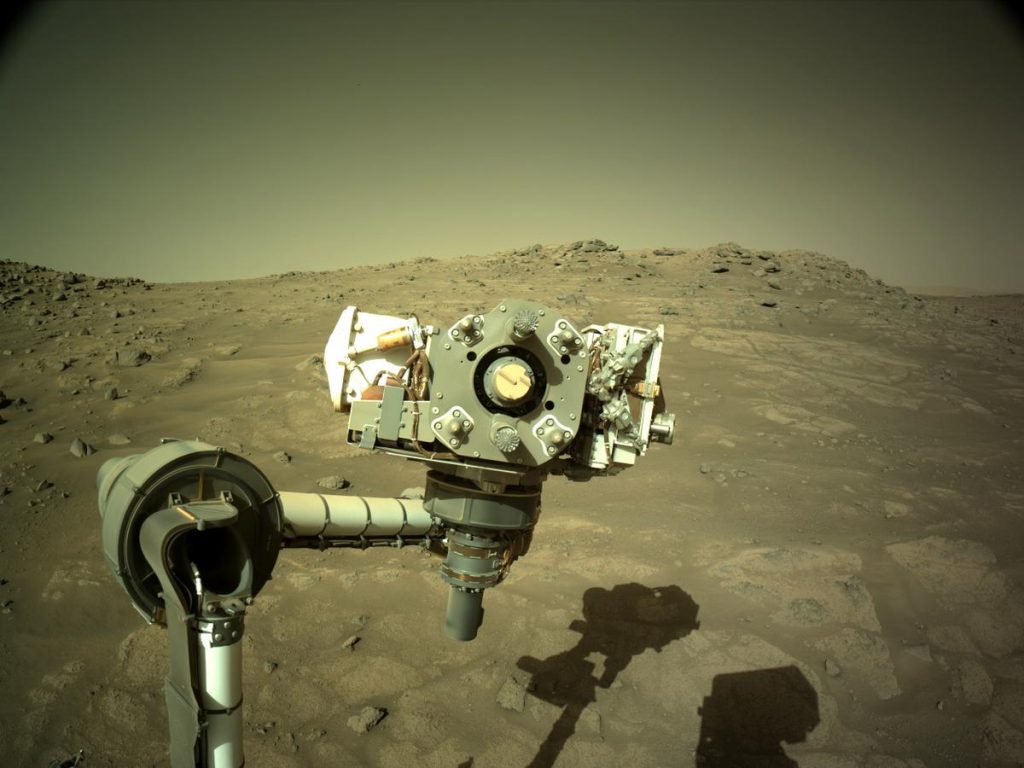
Cheyava Falls is located in an ancient river valley carved by water that once flowed into Jezero Crater, the area chosen for Perseverance’s exploration. NASA believes that this valley could provide vital clues to Mars’ distant past, including whether the planet was once home to ancient microbial life.
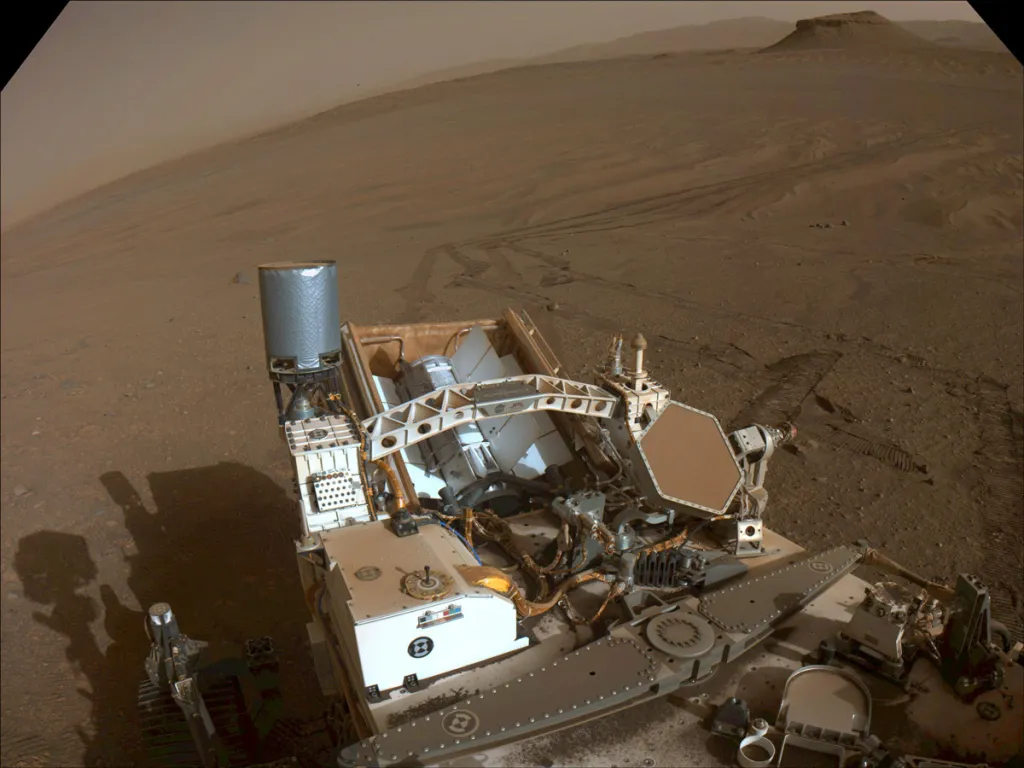
The rover’s tools have already revealed key information by scraping away the rock’s surface and allowing scientists to study its composition. Understanding the past environment in this region could answer one of NASA’s most important questions: Was Mars ever a habitable planet?
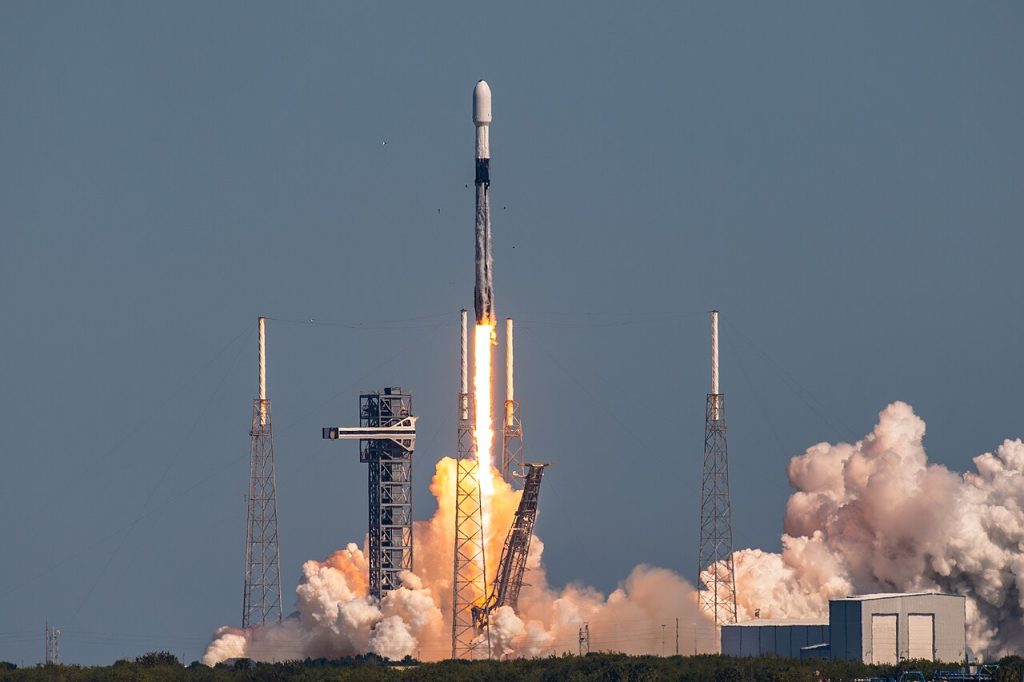
Launched on July 30, 2020, from Cape Canaveral, Florida, Perseverance landed on Mars on February 18, 2021, inside Jezero Crater, a location specifically chosen for its rich geological history. The rover’s primary mission is scheduled to last at least one Martian year (about 687 Earth days), but the rover has already far exceeded that timeline as it continues its exploration beyond the original mission period.
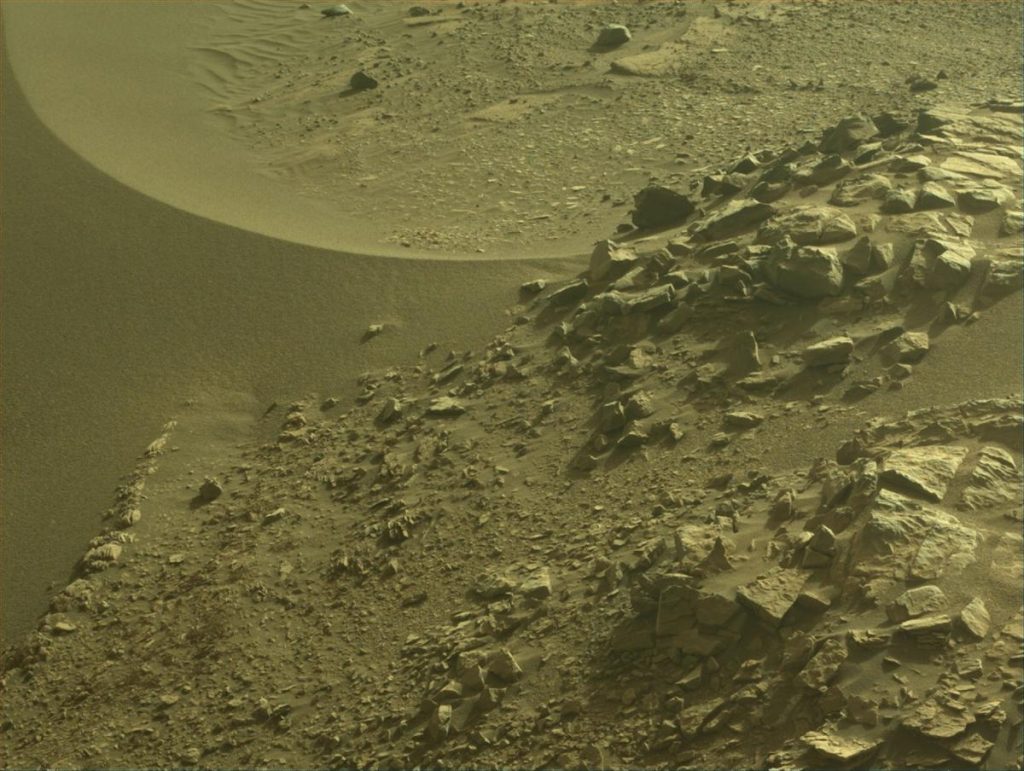
The mission is part of NASA’s larger Mars 2020 program, which focuses on astrobiology—specifically, the search for signs of ancient microbial life. Perseverance is also playing a critical role in advancing human exploration of Mars by studying the planet’s geology and climate.
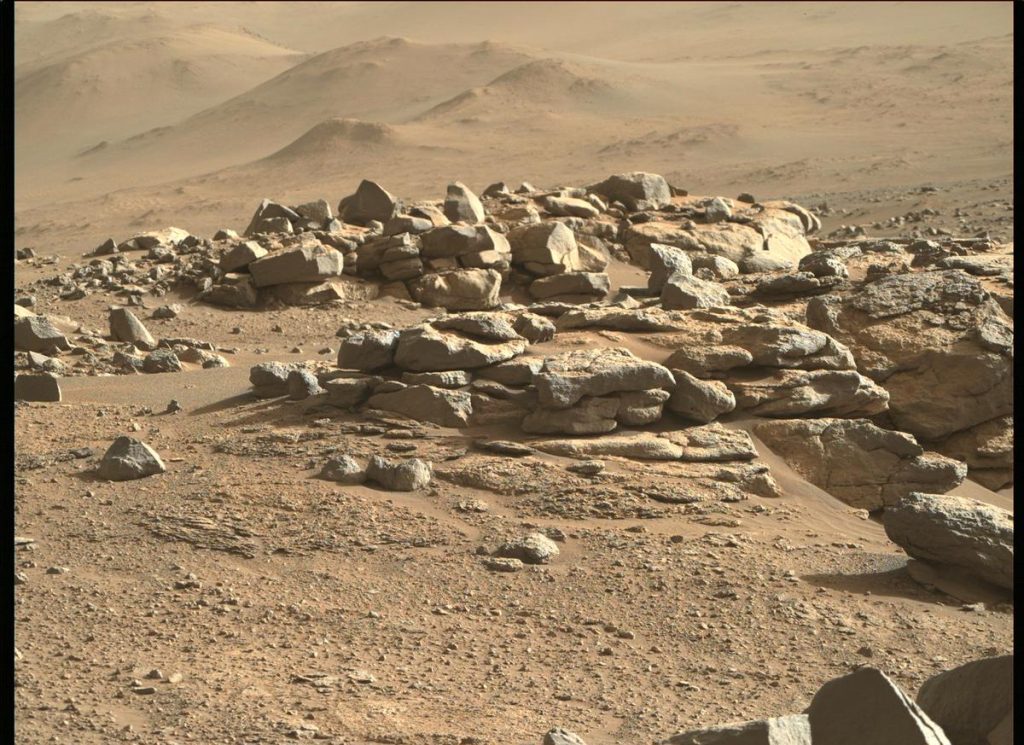
This information will help scientists understand the challenges future astronauts might face when they eventually set foot on the Red Planet.
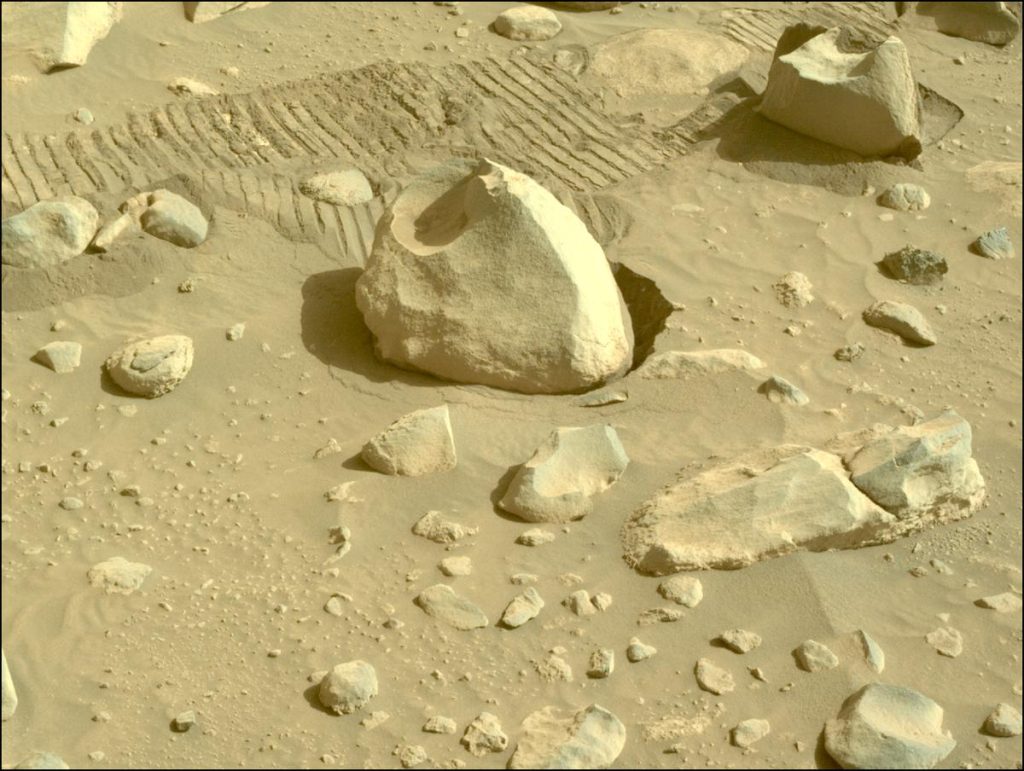
Since landing on Mars, Perseverance has been steadily collecting core samples of Martian rock and regolith (broken rock and soil), which are being stored for a future mission that will return them to Earth. These samples are essential for understanding the history of Mars’ habitability and could provide definitive evidence of past life.
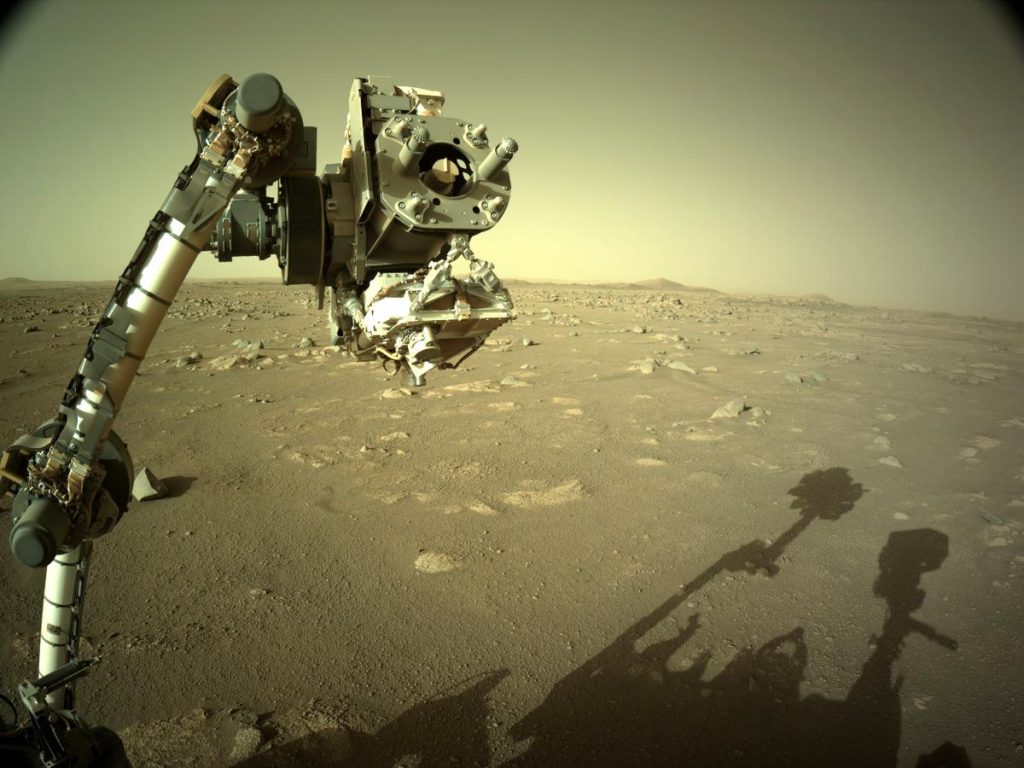
The new images released from Perseverance include nearly 880 raw photos, bringing the total number of images sent back by the rover to over 723,000. These images not only offer breathtaking views of Mars but also document the rover’s scientific activities and its use of advanced tools and instruments.
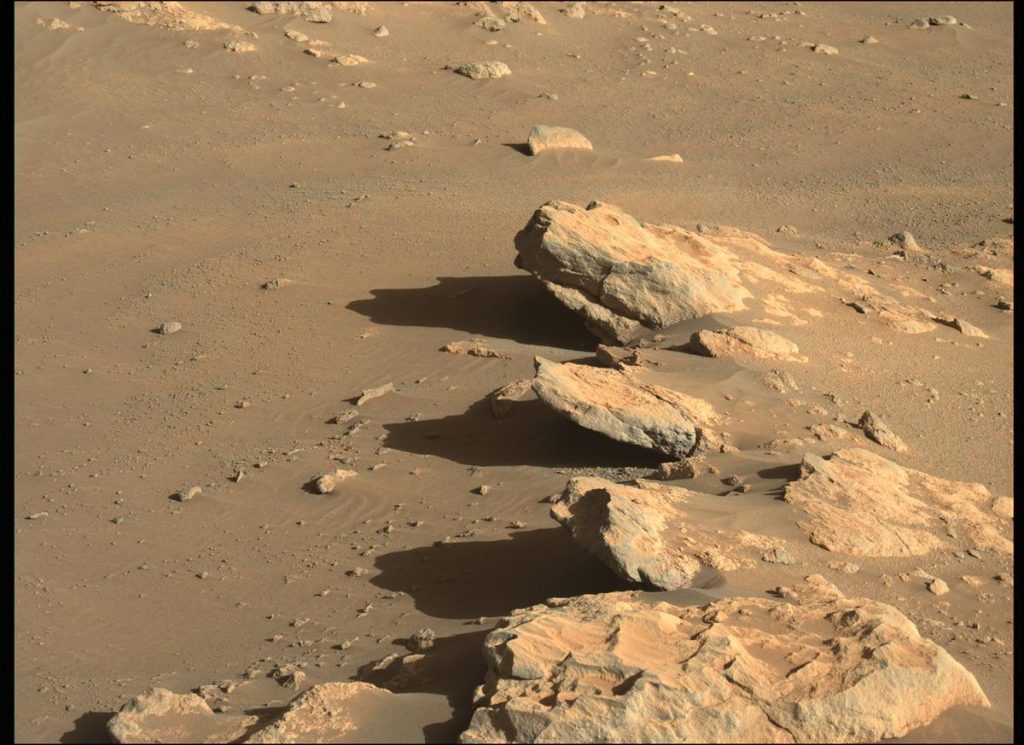
One such instrument is the WATSON camera, part of the SHERLOC (Scanning Habitable Environments with Raman & Luminescence for Organics & Chemicals) system, which allows for detailed imaging of Martian rocks and surface features.

The WATSON camera was developed by Malin Space Science Systems (MSSS) in San Diego and is operated jointly by MSSS and NASA’s Jet Propulsion Laboratory (JPL) in Pasadena, California.
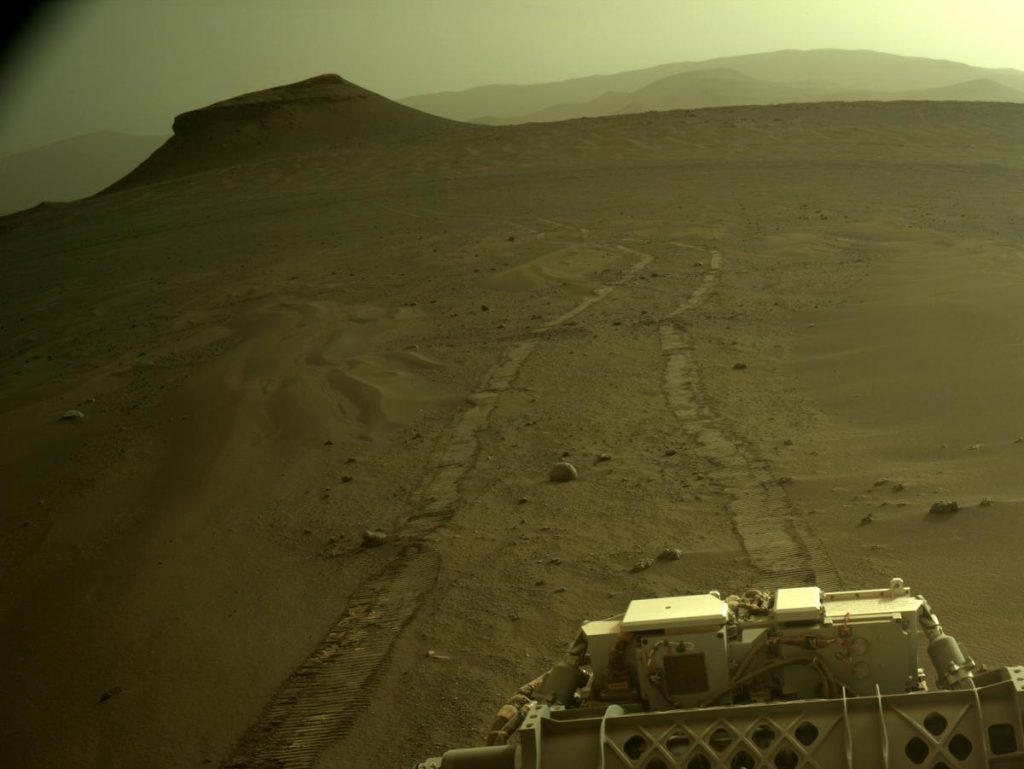
As NASA continues its mission to explore Mars, Perseverance’s latest images highlight the incredible progress being made in the search for signs of life.
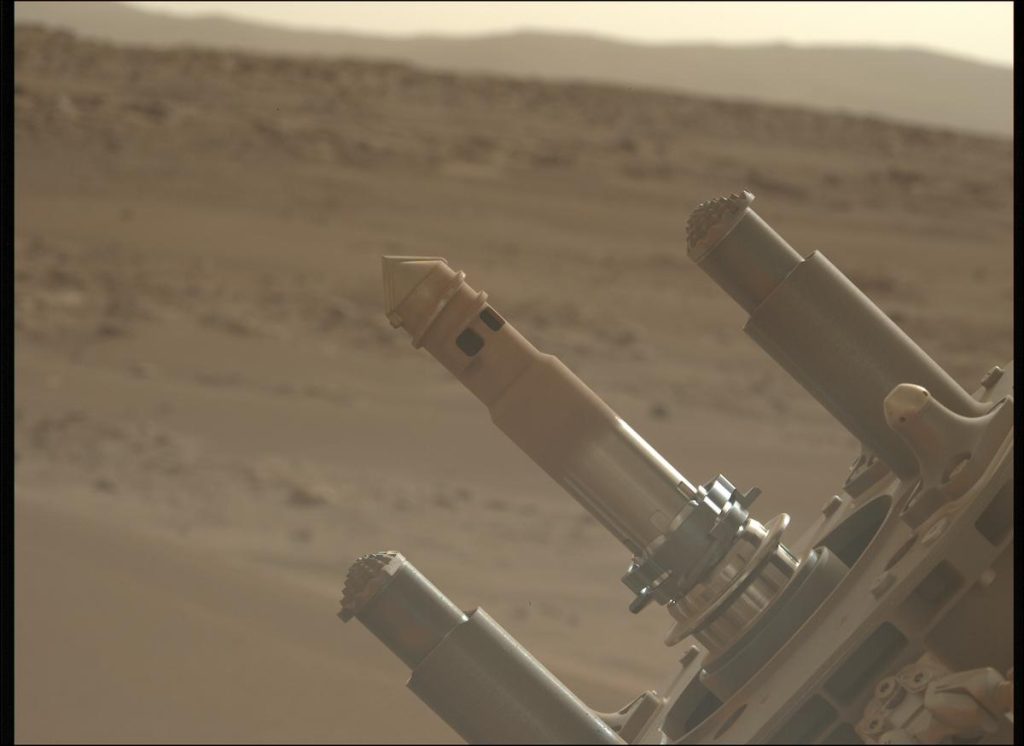
The rover’s success in collecting and analyzing core samples and documenting Mars’ geology brings humanity one step closer to answering the question of whether life ever existed beyond Earth. Perseverance’s ongoing mission is also critical to NASA’s plans for future human exploration, providing vital data on the Red Planet’s environment and how humans might one day live and work there.
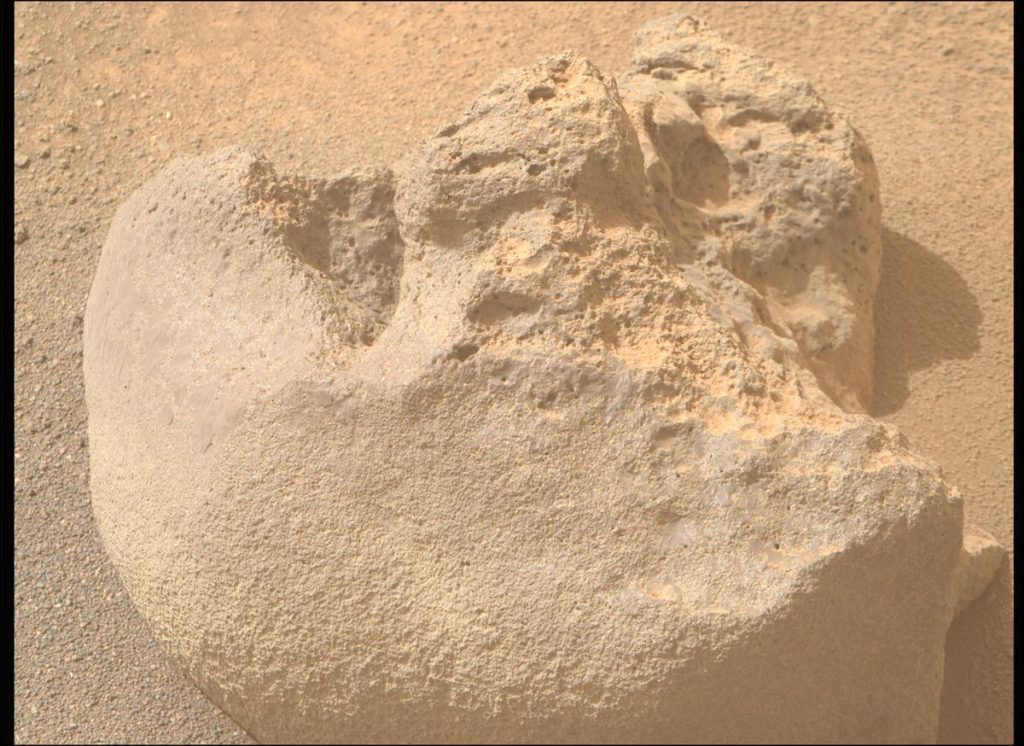
With each discovery, Perseverance not only expands our understanding of Mars but also showcases the technological achievements that make this exploration possible.
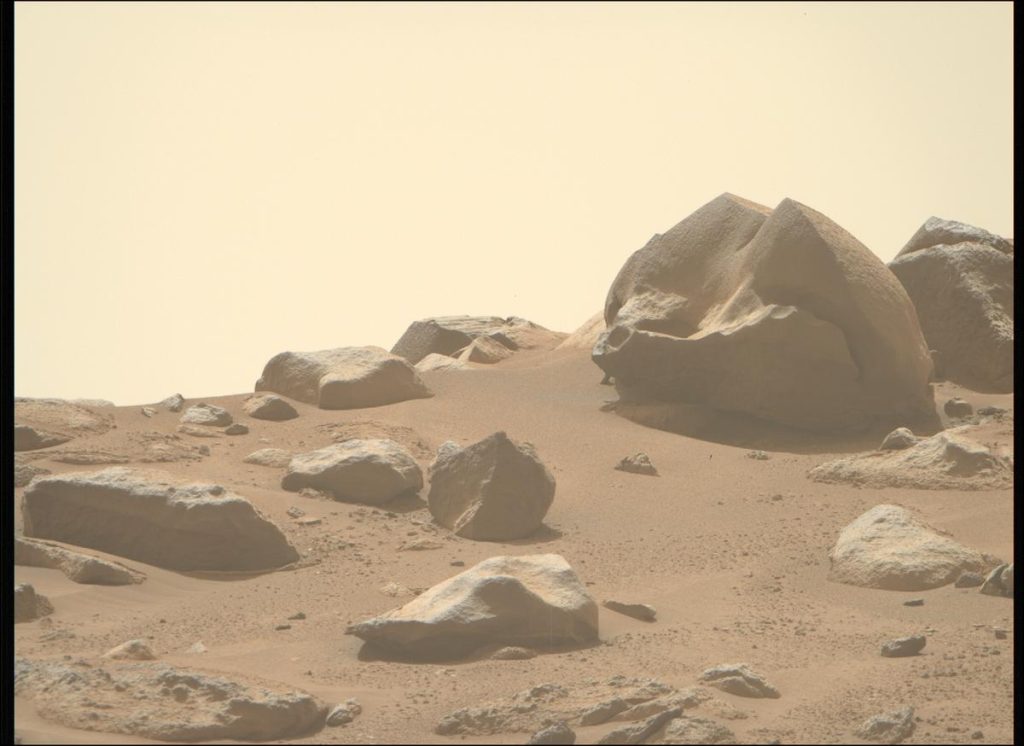
The images from its mission capture both the rugged beauty of Mars and the cutting-edge tools used in the search for ancient life, offering a glimpse into a future where humans may one day follow in the rover’s tire tracks on the surface of the Red Planet.

